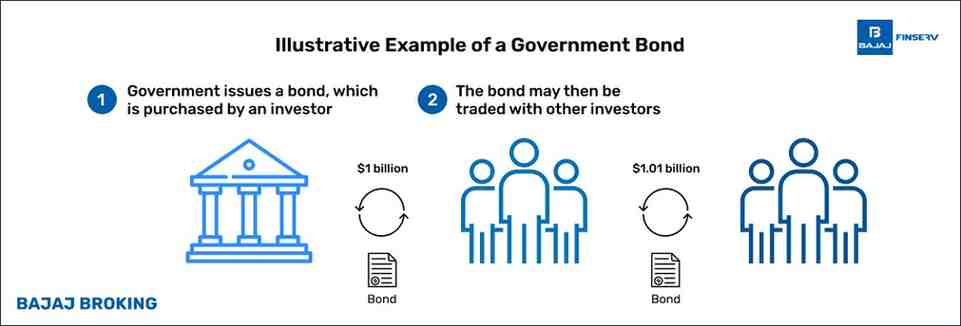It’s shown as a percentage. It comes from a mix of things — the price you pay for the bond, the interest payments (which people call coupons), and how long you plan to hold it. And here’s the twist: yields don’t exist in a vacuum. Interest rates in the wider economy push them up or down all the time.
Different types of yields look at different parts of this return story — some short-term, some over the whole life of the bond. Understanding which is which matters, because not all yields tell you the same truth.
Understanding the Meaning of Bond Yield
Okay, let’s break this down simply: bond yield is your return on a bond investment. But it’s not as straightforward as “I invested ₹1,000 and got ₹100 back.” Because… compounding, timing, pricing — all these little details complicate things.
That’s why we have concepts like Yield to Maturity (YTM) or Bond Equivalent Yield. They’re like filters on a camera — each shows you the picture from a slightly different angle.
If you’re weighing whether to keep a bond or swap it for another investment, yield is the number you’ll inevitably peek at. But don’t think of it as just “income.” It’s about when you get that income and how much you paid for the bond in the first place.
Types of Bond Yields
Now, here’s where it gets interesting. There’s not just one type of yield. Each one tells you something different about your potential returns. Knowing which lens to use makes you a sharper investor.
Current Yield
Think of this as a snapshot. It looks at the bond’s current market price and the annual coupon. It’s like asking: “What’s the income portion of my return right now?” The catch? It ignores future gains or losses if you sell the bond later.
Yield to Maturity (YTM)
This is the big one. YTM says: if you hold the bond till the very end, factoring in your purchase price, the coupons you’ll collect, and the time left, here’s your total return. It’s more holistic.
Yield to Call (YTC)
Some bonds can be called — basically, the issuer decides to repay you earlier. If that happens, YTC calculates your return till that call date, not till full maturity. It’s a bit like booking a cab and finding out halfway that the ride is ending sooner.
Nominal Yield
It’s just the coupon rate printed on the bond. Useful for orientation, but not a full picture because it ignores market pricing.
Effective Yield
Here we factor in compounding — what if you reinvest those interest payments? Suddenly, your yield looks different. This one’s great for comparing bonds with different payout schedules.
Taxable Equivalent Yield
Imagine you’re comparing a tax-free bond with a taxable one. This yield tells you: “How much would a taxable bond need to pay me to equal the after-tax return of my tax-free bond?” Handy for those juggling between the two.
Formula and Calculation of Bond Price Yield
At its simplest, the formula looks like this:
Coupon Rate = Annual Coupon Payment ÷ Bond’s Current Market Price
Example? Suppose a bond pays ₹100 every year and trades at ₹1,000. The yield works out to 10%. Straightforward enough.
But — and there’s always a but — if the bond’s trading at a discount or premium, the math changes. That’s where YTM steps in as the better yardstick.
Also, yields don’t exist in isolation. They dance with interest rates. When rates climb, bond prices usually tumble, pushing yields up. When rates fall, prices climb, yields shrink. It’s like a see-saw you can’t ignore.
The Link Between Bond Yield and Bond Price
This is the part that always tripped me up early on. Bond yield and price move in opposite directions. Always.
Take this simple example:
Scenario 1: Discount
If the market price falls to ₹700, yield jumps:
100 ÷ 700 = 14.28%
Scenario 2: Premium
If the market price rises to ₹1,300, yield drops:
100 ÷ 1,300 = 7.69%
See the inverse pattern? When prices rise, >yields shrink, and when prices drop, yields expand. This inverse link helps you decide if a bond is overpriced or a bargain. For investors, it’s almost like a built-in compass.
Conclusion
So, what is bond yield? It’s basically the language bonds use to tell you how much they’re paying you. But like most financial jargon, it’s layered. You’ve got different types — some more realistic than others — and all of them interact with the market in ways that aren’t always obvious at first glance.
Whether you’re chasing steady income or weighing long-term returns, understanding yield helps you see bonds more clearly. It’s not about memorising formulas. It’s about seeing how yields respond when markets, interest rates, or even your own goals shift.




